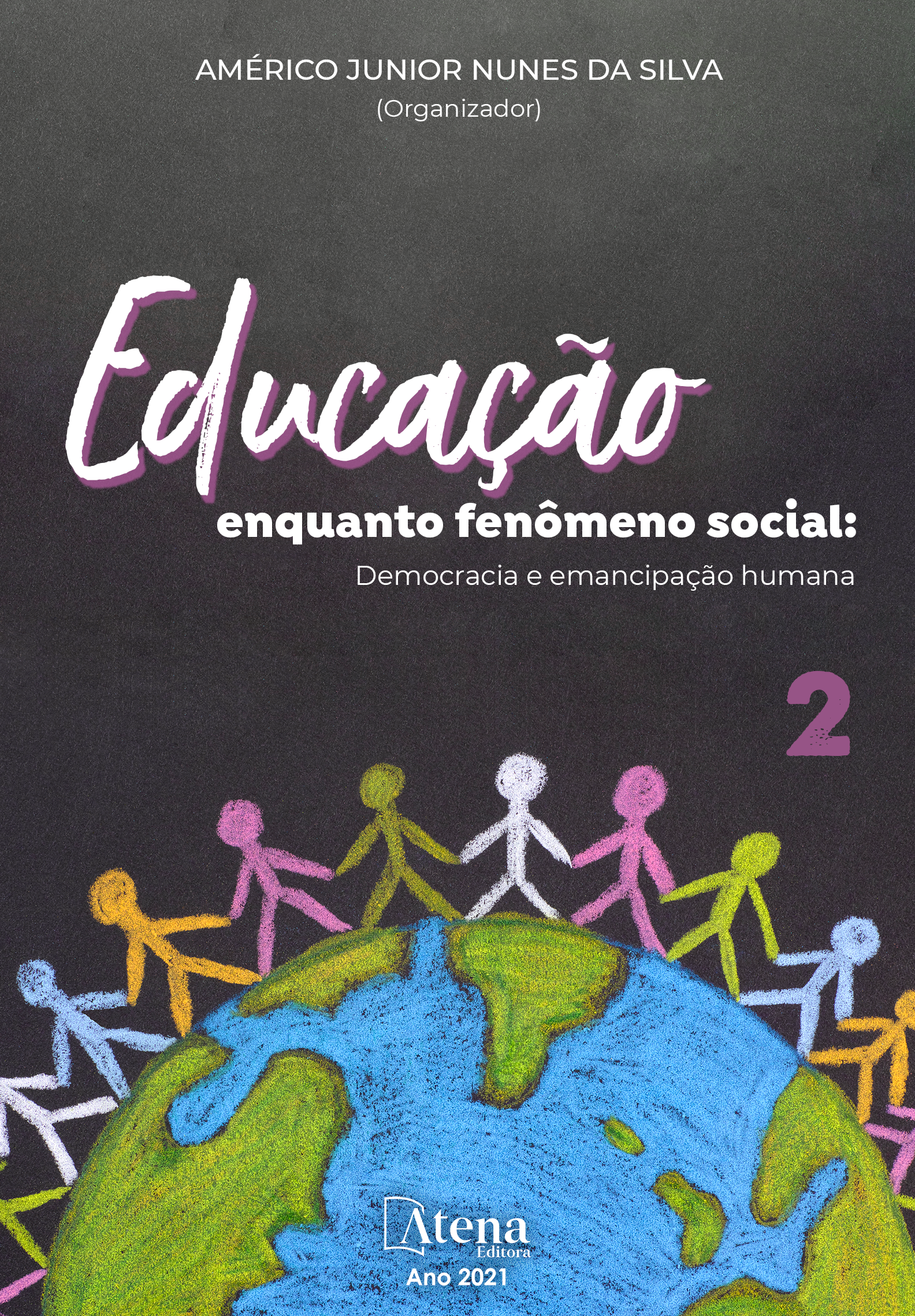
FLAGRANDO CONEXÕES: DA MODERNIDADE ÀS TRANSFORMAÇÕES SOCIOCULTURAIS E POLÍTICAS AO ENCONTRO DA CIDADE DE ITATIBA-SP, PERÍODO (1890-1920)
Neste artigo, abordamos as marcas da modernidade e seguimos com vagar ao encontro da cidade de Itatiba - SP e, nele apresentamos o munícipio da referida cidade e as transformações que ocorreram em sua economia e política. Levamos em conta que, no período de 1850 a 1920, ocorreu a expansão cafeeira, o que ocasionou um crescimento de 6.000 para 23.000 habitantes em menos de meio século. A elevação do surto cafeeiro ocorreu pelo grande número de escravos na cidade de Itatiba. Segundo Navarra (1977, p. 19), “Em 1874, aproximadamente um terço da população de Itatiba era constituída de escravos, percentagem só encontrada em Campinas, enquanto as demais áreas vizinhas apresentavam percentagens bem menores”. Nossos procedimentos de pesquisa foram conduzidos a par de uma revisão bibliográfica em busca de aportes teóricos sobre a história dos grupos escolares, sobretudo levando-se em conta as contribuições teóricas de autores que trabalham especificamente com a História da Educação, entre outros, jornais, periódicos e algumas fotografias locais. No encalço das contribuições de tais autores trazemos, na sequência, alguns pressupostos que ancoraram nossos procedimentos metodológicos relativos às pesquisas das fontes documentais.
FLAGRANDO CONEXÕES: DA MODERNIDADE ÀS TRANSFORMAÇÕES SOCIOCULTURAIS E POLÍTICAS AO ENCONTRO DA CIDADE DE ITATIBA-SP, PERÍODO (1890-1920)
-
DOI: 10.22533/at.ed.53621161126
-
Palavras-chave: Itatiba-SP, Produção cafeeira, Transformações socioculturais e políticas
-
Keywords: Itatiba-SP, Coffee production, Sociocultural and political transformations
-
Abstract:
In this article, we address the marks of modernity and slowly follow the city of Itatiba - SP and, in it, we present the municipality of that city and the transformations that took place in its economy and politics. We take into account that, in the period between 1850 and 1920, coffee expansion occurred, which caused a growth from 6,000 to 23,000 inhabitants in less than half a century. The increase in the coffee boom occurred due to the large number of slaves in the city of Itatiba. According to Navarra (1977, p. 19), “In 1874, approximately one third of the population of Itatiba was made up of slaves, a percentage only found in Campinas, while the other neighboring areas had much smaller percentages”. Our research procedures were conducted alongside a literature review in search of theoretical contributions on the history of school groups, especially taking into account the theoretical contributions of authors who work specifically with the History of Education, among others, newspapers, periodicals and some local photographs. Following the contributions of such authors, we bring, in sequence, some assumptions that anchor our methodological procedures related to the research of documentary sources.
-
Número de páginas: 15
- Andréia Cristina Borges Rela Zattoni


